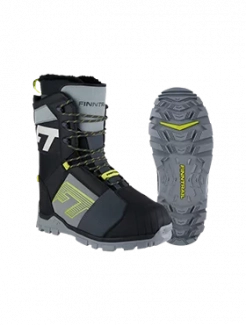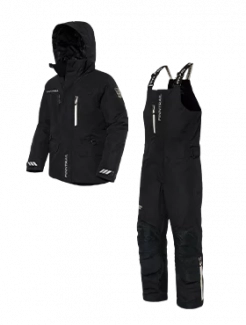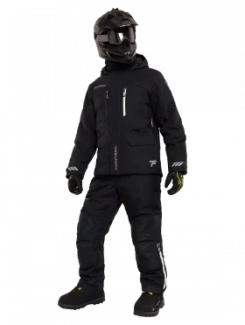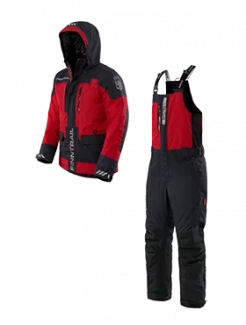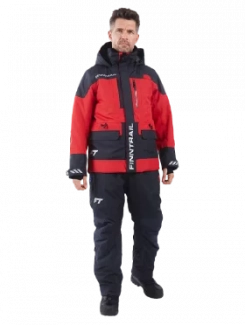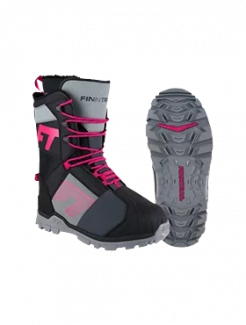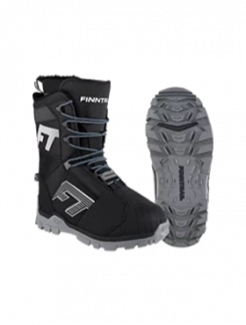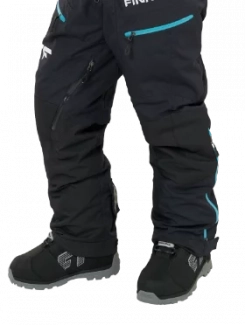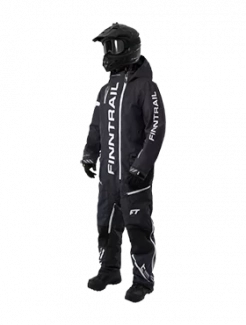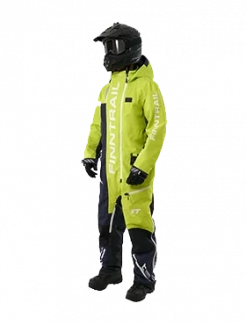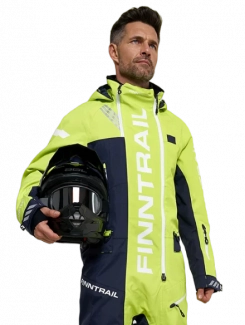Snowmobiling Tips for Beginners: Stay Safe and Have Fun
Snowmobiling is one of the most thrilling ways to experience winter. The rush of gliding over snow-covered trails, the crisp mountain air, and the feeling of freedom make it a favorite winter sport across North America and Europe. But if you’re just starting out, you probably have a lot of questions: What’s the best snowmobile for beginners? How to ride a snowmobile? What gear do I need?
This guide to snowmobiling for beginners will walk you through everything you need to know—from choosing the right machine to basic safety rules and riding techniques. By the end, you’ll feel confident and ready for your first adventure.
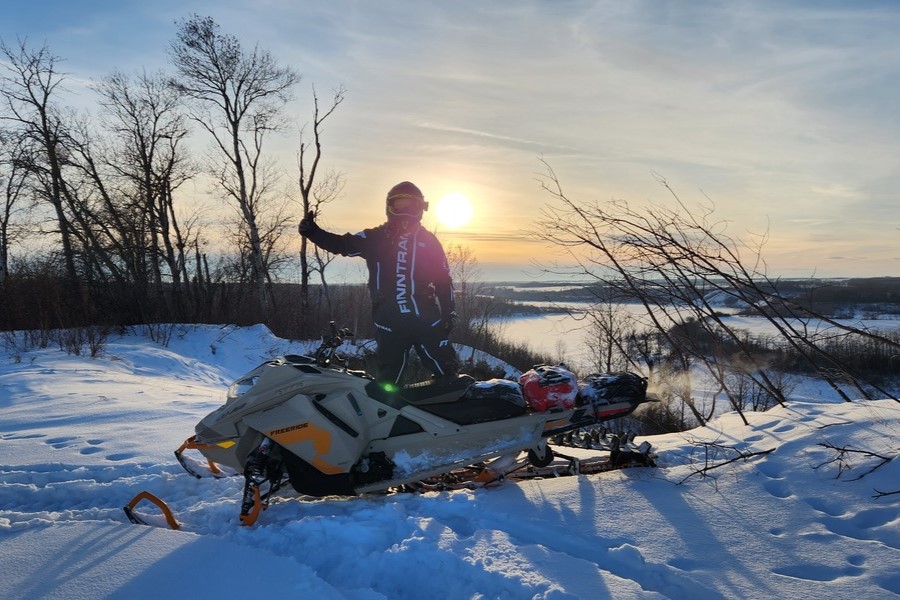
Why Snowmobiling Is Perfect for Beginners
Unlike some winter sports that take years to master, snowmobiling can be picked up quickly. With just a few hours of practice, most people feel comfortable handling a sled on groomed trails. Modern machines are designed with intuitive controls, automatic transmissions, and built-in safety features that make the learning curve much smoother than you might expect.
Snowmobiling also offers incredible flexibility. Beginners can start with slow, scenic rides along well-maintained trails, building confidence with each outing. As skills improve, you can branch out to explore frozen lakes, wide open fields, or even backcountry routes with a guide. Whether you prefer the relaxed pace of a family outing or the excitement of a faster ride, snowmobiling adapts easily to your comfort level.
Another reason it’s such a great entry point into winter sports is accessibility. You don’t need years of training or expensive lessons to get started. Rental programs and guided tours are widely available, letting new riders try snowmobiling without committing to buying their own machine. Plus, the gear is designed to keep you warm and protected, so you can focus on enjoying the ride instead of worrying about the cold.
Above all, snowmobiling is a shared experience. It’s something friends, couples, and families can enjoy together, regardless of skill level. You don’t have to be an expert to feel the thrill of gliding across snow-covered landscapes—the fun begins right from your first ride.
Choosing the Best Snowmobile for Beginners
Here are some tips to help you select the right snowmobile for beginners:
-
Start with a trail sled
Trail snowmobiles are lightweight, stable, and easier to maneuver. They’re designed for groomed paths and moderate speeds, making them ideal for learning. -
Look for smaller engines
A 400cc to 600cc engine is usually plenty for a beginner. It gives you enough power for fun rides without being overwhelming. -
Choose a reliable brand
Brands like Ski-Doo, Polaris, Arctic Cat, and Yamaha all offer entry-level models designed specifically for new riders. -
Check the seat height and comfort
Beginners should feel balanced and comfortable when seated. A lower center of gravity makes handling easier. -
Consider a used snowmobile
If you’re not ready to invest in a brand-new sled, many used models are great for learning. Just make sure it’s in good condition and well-maintained.
Popular entry-level models include:
-
Ski-Doo MXZ Sport – lightweight and reliable
-
Polaris Indy 550 – simple, budget-friendly, and durable
-
Yamaha SX Venom – smooth handling with beginner-friendly power
Essential Gear for Beginner Snowmobilers
Before you hit the trails, having the right gear is just as important as choosing a sled. Proper clothing and safety equipment will keep you warm, dry, and protected.
Clothing Layers
Base Layer
The base layer sits directly against your skin and its main job is to wick moisture away so you stay dry, even when you sweat.
-
THERMO-S Black 6304 Thermal Underwear — a cold-weather set that handles moisture and retains heat well.
-
ALL SEASON Black 6205 Thermal Underwear — a more versatile option for use in a wider temperature range.
You might also consider a thermal merino wool or synthetic blend for lower-level layering under these, especially on very cold rides.
Mid Layer
The mid layer provides insulation. It traps warm air but should still breathe, so excess heat can escape.
-
POLAR Jacket (Fleece Jacket) — offered on the Finntrail thermals & apparel section.
-
SHERPA DarkGrey Fleece Jacket — another fleece option from Finntrail’s apparel lineup.
You could also use a lightweight down or synthetic insulated jacket, depending on how cold you expect to get.
Outer Layer
This is your protective “shell” against wind, snow, and wet conditions. It should be waterproof, windproof, well-sealed, and tough.
Here are Finntrail-specific outer examples:
-
POWERMAN Red 3752 Two-Piece Snowmobile Suit — suitable down to about –30 °C, with a 2.5-layer HARD-TEX® membrane, seam sealing, fleece lining in the jacket, adjustable waist, snow skirt, inner gaiters, and reinforced high-wear zones.
-
EVOLUTION Red 3812 Monosuit (Overall) — a one-piece option intended for active riding in cold conditions (around –20 °C) with anatomical cuts and protective features.
-
BACKCOUNTRY DarkGreyLime 3901 Overall (Non-insulated) — this is a more technical “shell-only” overall (no built-in insulation), meant to be used with heavier mid and base layers.
Safety Gear
-
Helmet: a DOT-approved snowmobile helmet with a visor or goggles.
-
Gloves: insulated and waterproof, with grip for throttle control.
-
Boots: sturdy, waterproof boots with good traction.
-
Avalanche gear (if off-trail): beacon, shovel, probe, and preferably an avalanche airbag pack.
How to Ride a Snowmobile for Beginners
Learning how to ride a snowmobile starts with understanding the basic controls and body positioning.
Controls You Need to Know
-
Throttle (right handlebar): controlled with your right thumb. Press gently to accelerate—the more pressure, the faster you go. Snowmobiles respond quickly, so avoid jerking the throttle. Smooth, steady pressure gives you the best control.
-
Brake (left handlebar): operated with your left hand. Pull slowly and firmly to slow down or stop. Like the throttle, avoid sudden movements—a hard squeeze can make the track lock up and cause skidding. Always test the brakes at low speed before setting off.
-
Handlebars: turn left or right to steer, but remember: snowmobiles steer best when you’re applying light throttle. Without some forward motion, the skis may “plow” and resist turning. Keep your movements smooth to maintain stability.
-
Kill switch: usually a red button or switch located near the right handlebar. It’s an emergency stop feature that shuts off the engine instantly. Use it if the sled tips, if you lose control, or in any situation where quick engine shutdown is safer than braking.
-
Ignition key or electric start button: found near the handlebars. Some machines also have a pull-cord backup start. Always remove the key when parking to prevent accidental starting.
-
Tether cord (if equipped): a safety lanyard that attaches to your wrist or jacket. If you fall off, it pulls free and shuts down the engine automatically.
Starting the Ride
-
Mount correctly: sit firmly on the seat with both feet on the running boards, knees slightly bent, and both hands on the handlebars. This stable position keeps you ready for bumps and turns.
-
Start the engine: insert the key or press the electric start button. Let the engine idle for a minute so it warms up—cold engines can stall if you accelerate too quickly.
-
Check surroundings: Make sure the path ahead is clear of people, animals, and obstacles.
-
Move forward: gently press the throttle with your thumb. The sled will begin to glide forward smoothly. Keep your weight centered and avoid leaning back, which can reduce steering control.
Riding Basics
-
Look ahead: always scan the trail 20–30 feet in front of you to anticipate turns, bumps, or obstacles.
-
Steering with your body: when approaching a curve, lean slightly into it while keeping pressure on the throttle. This helps the skis bite into the snow for better control.
-
Uphill riding: keep a steady throttle when climbing small hills—slowing down too much can cause the sled to bog down. Lean forward slightly to keep the front skis planted.
-
Downhill riding: ease off the throttle and apply brakes gently. Keep your weight shifted slightly back for balance.
-
Stopping: release the throttle first, then smoothly squeeze the brake until you stop. Avoid slamming on the brakes, especially on icy trails.
-
Riding posture: stay relaxed but alert. Bend your elbows and keep your arms flexible to absorb bumps instead of locking your arms straight.
Snowmobile Riding Tips for Beginners
If it’s your first time, these tips will help you stay safe and have fun:
-
Ride with a buddy – never go out alone, especially as a beginner.
-
Stay on marked trails – groomed routes are safer and easier to navigate.
-
Learn the hand signals – snowmobilers use hand signals to communicate turns, stops, or hazards.
-
Mind your speed – speed can be tempting, but it’s best to go slow until you’re confident.
-
Keep distance – stay at least 3–4 sled lengths behind the rider in front of you.
-
Be aware of conditions – ice, deep powder, and uneven terrain can be tricky for new riders.
-
Stay hydrated and warm – cold weather can tire you out faster than you expect.
How to Drive a Snowmobile: Turning and Handling
Turning Techniques
-
Trail riding: lean into the turn slightly while keeping steady throttle.
-
Deep snow: shift your weight to the inside of the turn to keep traction.
-
Hills: approach straight up or down. Avoid crossing slopes as a beginner.
Handling Tips
-
Keep your feet firmly on the running boards.
-
Use your knees to grip the seat for stability.
-
Anticipate bumps—stand slightly to absorb shock.
Common Beginner Mistakes and How to Avoid Them
Even with preparation, beginners often make the same mistakes. Here’s how to avoid them:
-
Over-throttling: new riders often press too hard on the throttle. Start gently.
-
Ignoring trail signs: trail markers keep you safe; don’t overlook them.
-
Not dressing properly: cotton clothing absorbs moisture—always wear synthetics or wool.
-
Riding beyond comfort: if you’re nervous, stick to flat trails until you build confidence.
Snowmobile Safety Tips
Safety should always come first. Here are some snowmobiling tips for beginners to reduce risks:
-
Check your machine – inspect brakes, lights, fuel, and oil before every ride.
-
Know the weather forecast – avoid riding in blizzards or poor visibility.
-
Carry emergency gear – first-aid kit, tow rope, extra gloves, snacks, and water.
-
Respect private property – only ride where it’s legal and permitted.
-
Avoid alcohol – just like driving a car, alcohol and snowmobiling don’t mix.
Final Thoughts: Your First Ride Awaits
Snowmobiling is an adventure that combines adrenaline with breathtaking winter landscapes. With the right preparation, gear, and knowledge, snowmobile riding is safe, fun, and unforgettable.
Once you learn how to ride a snowmobile, you’ll open the door to a whole new world of winter adventure. So gear up, start slow, and let the snowy trails guide you into an unforgettable season of exploration.

